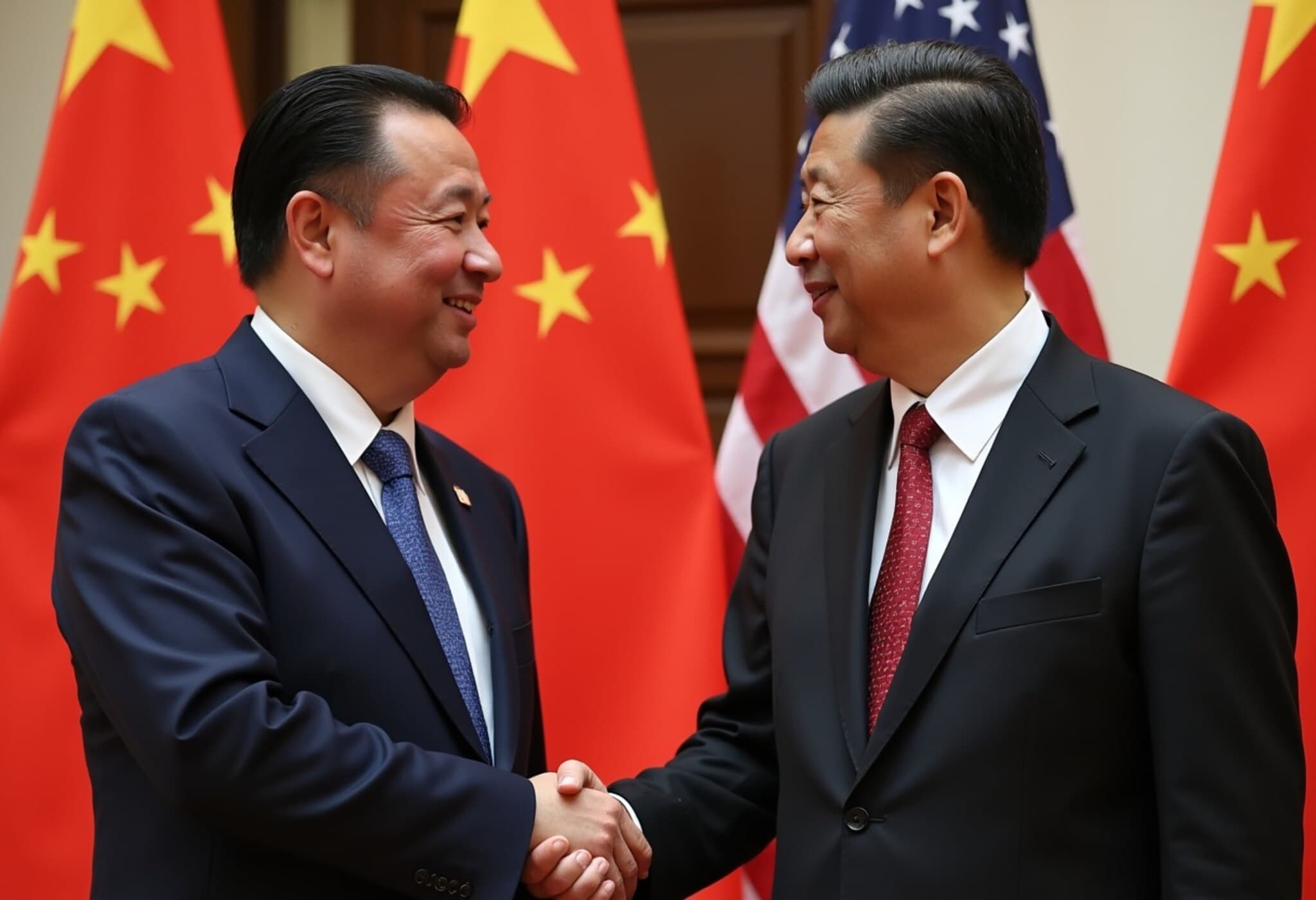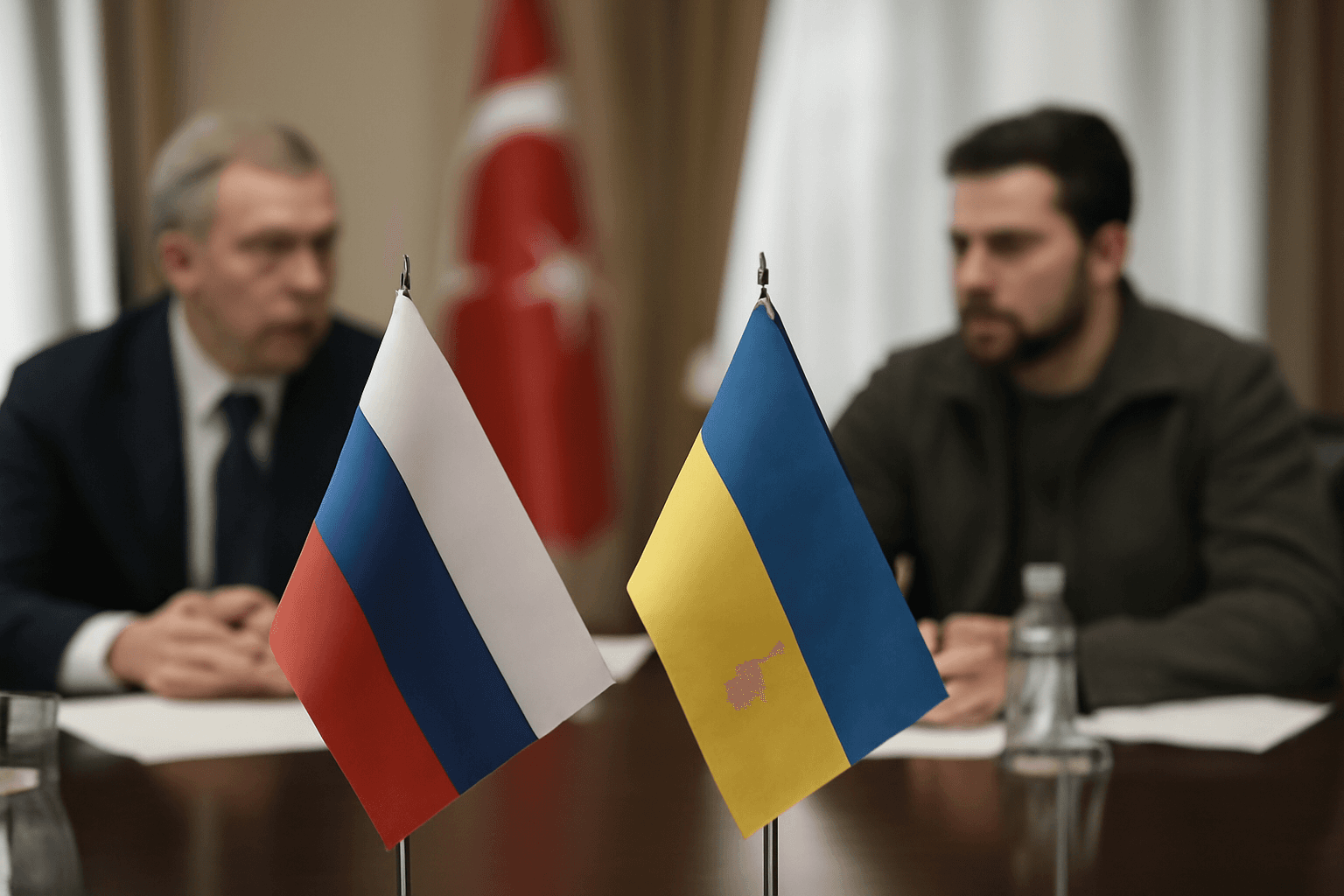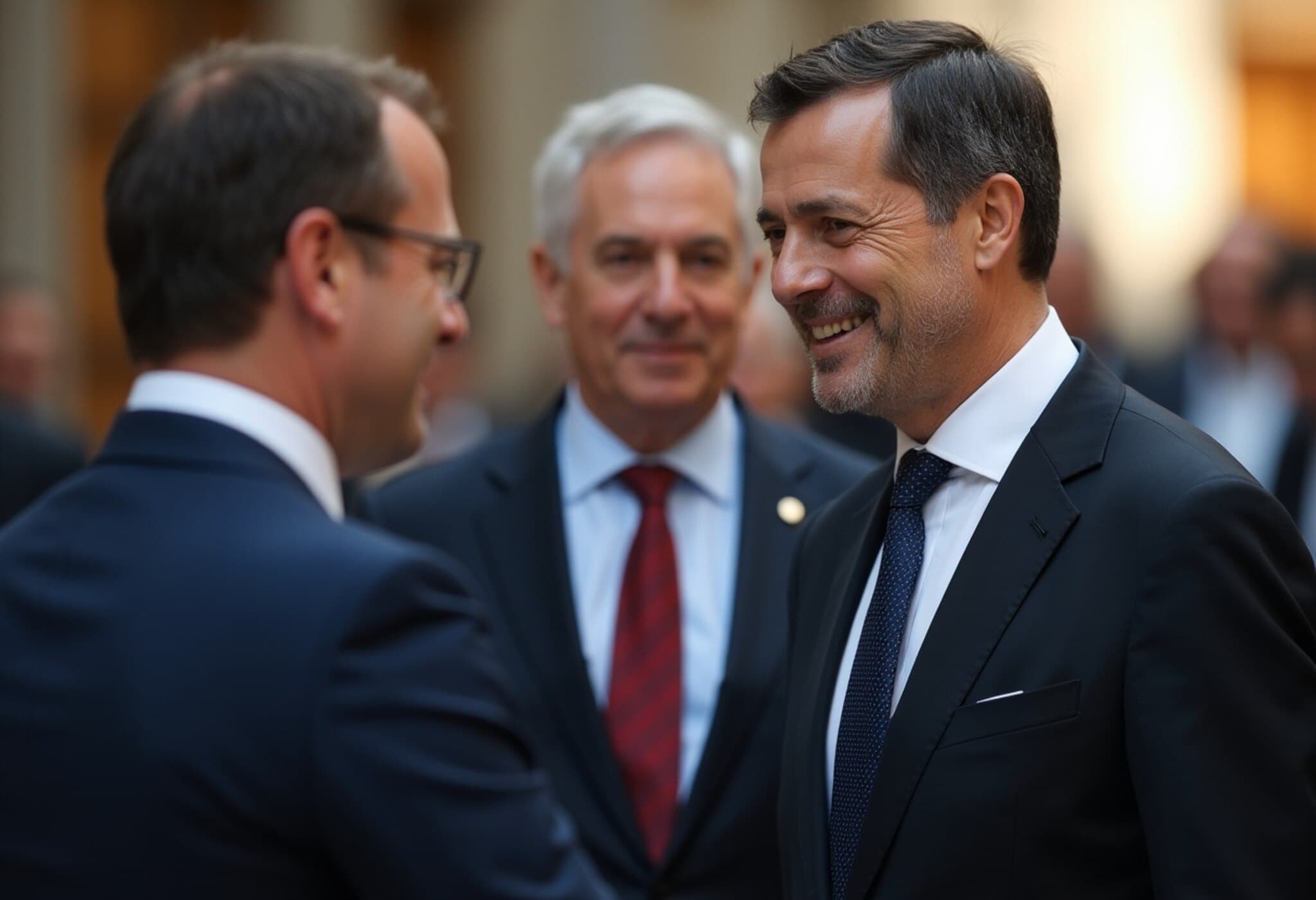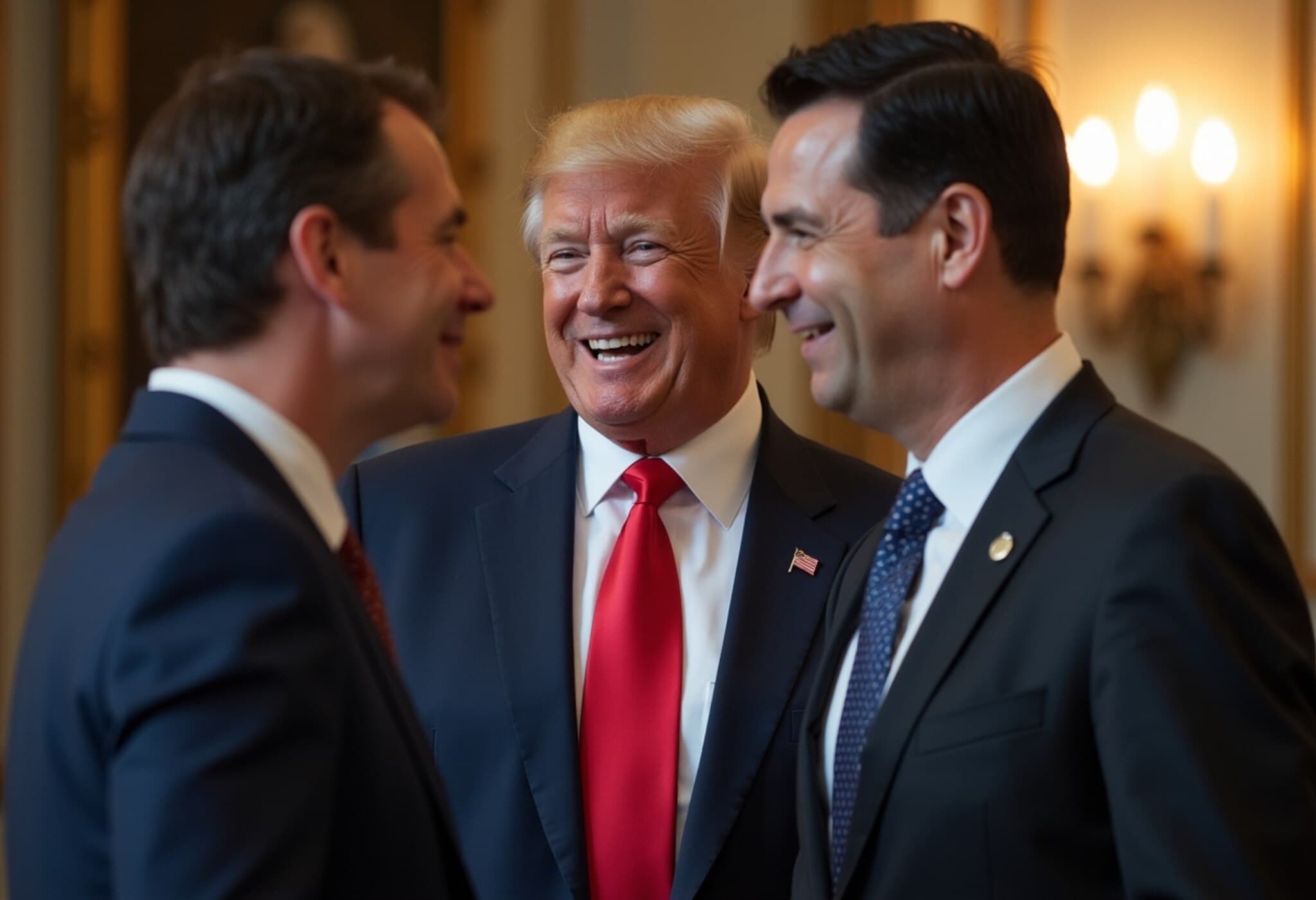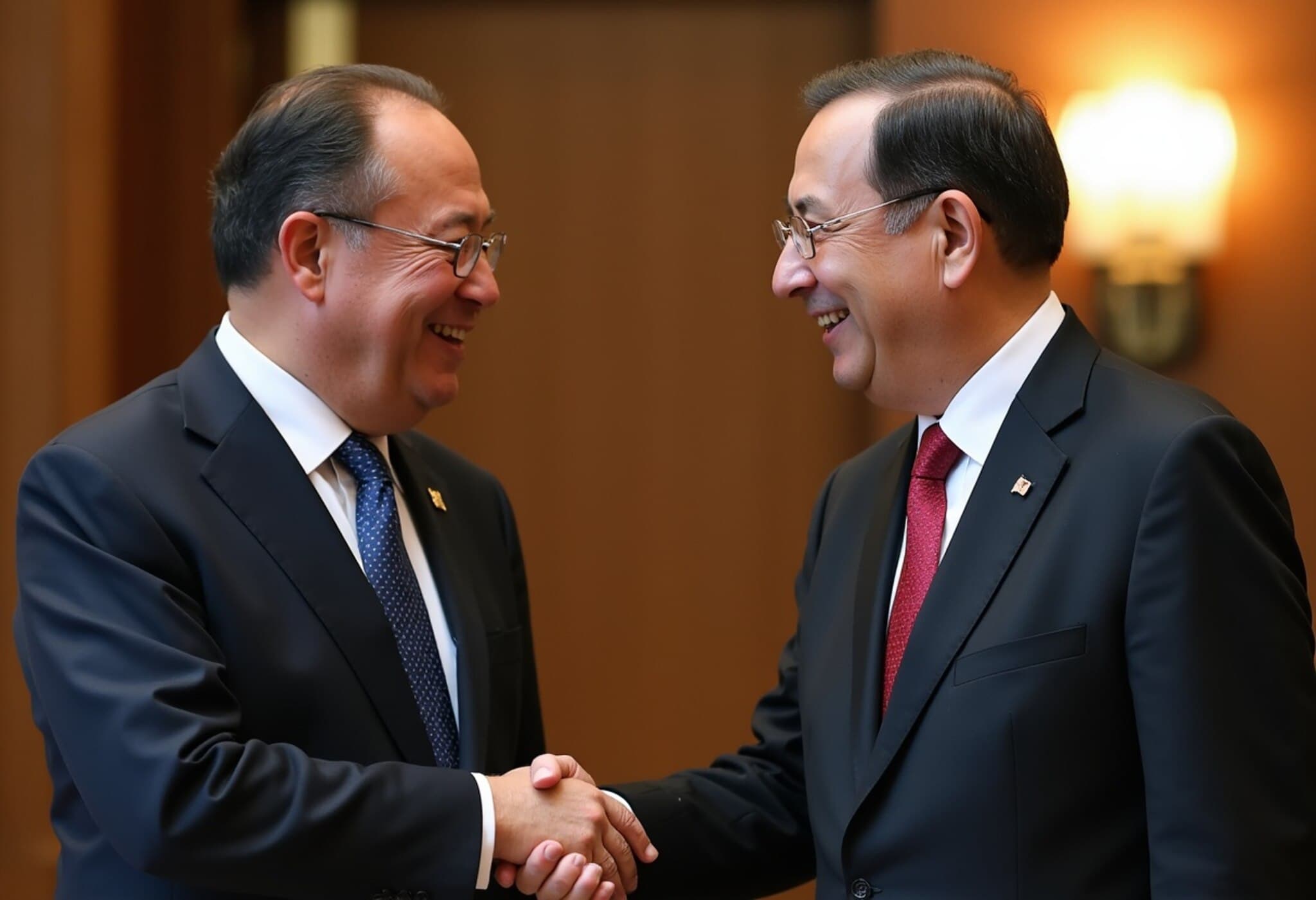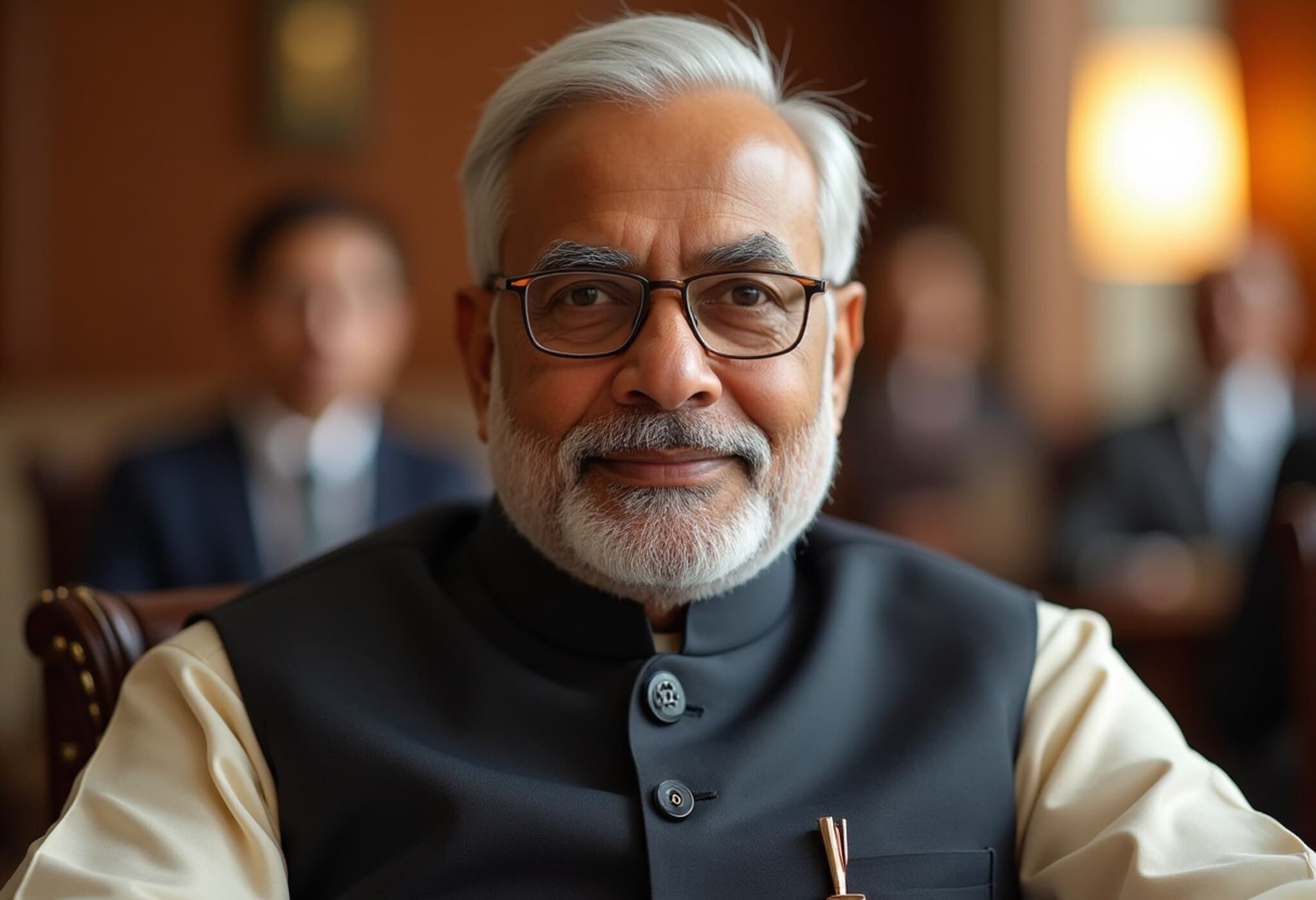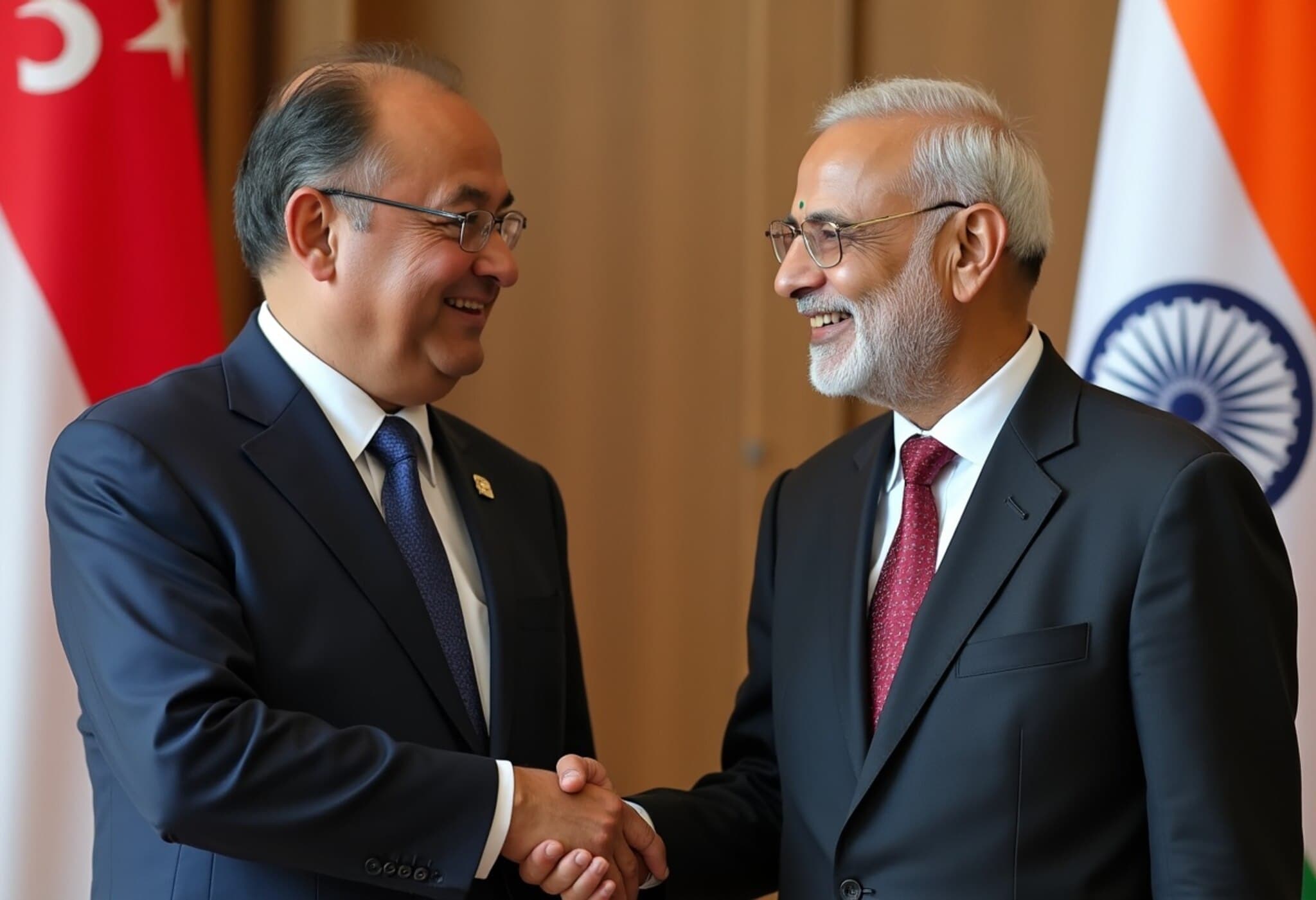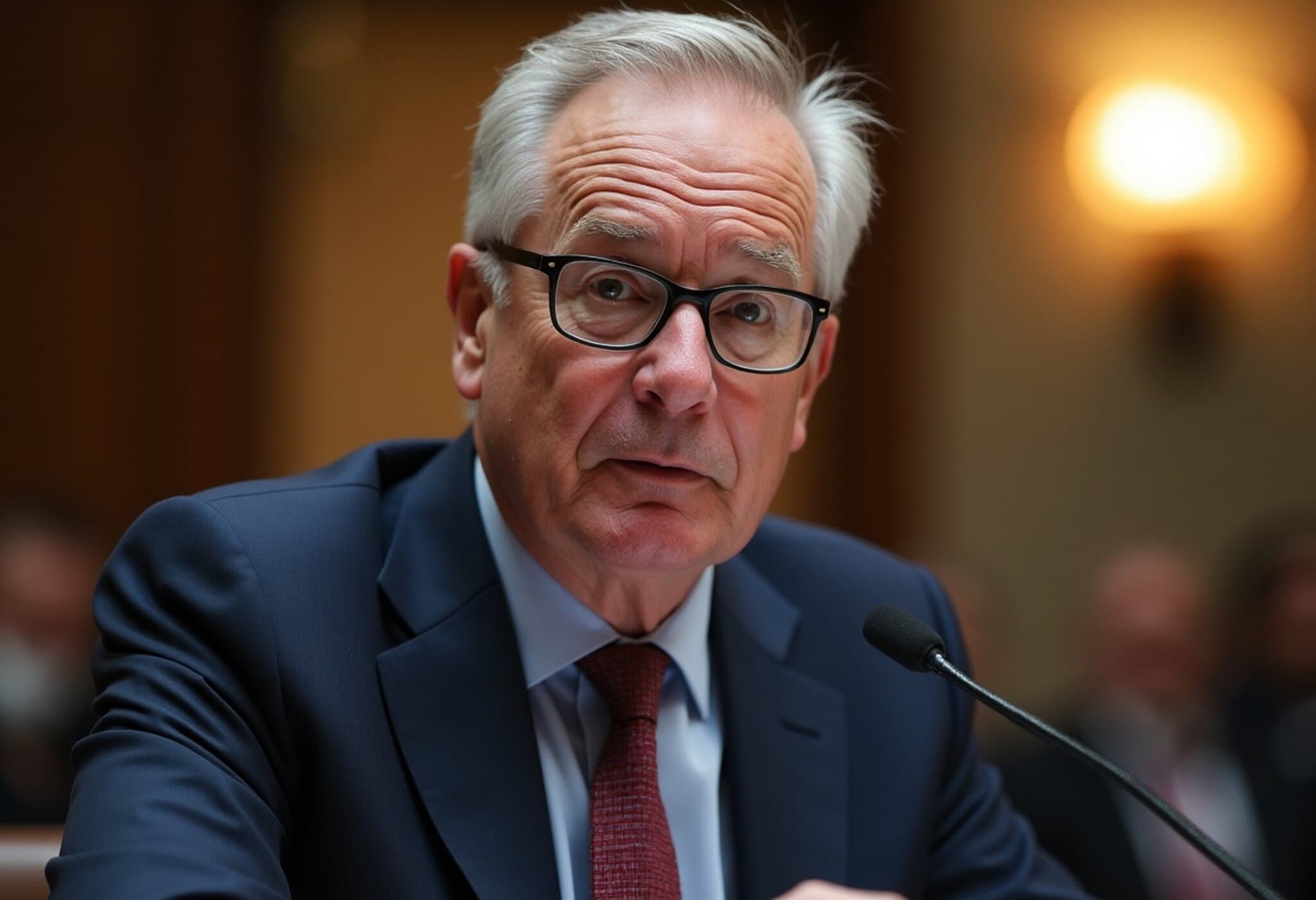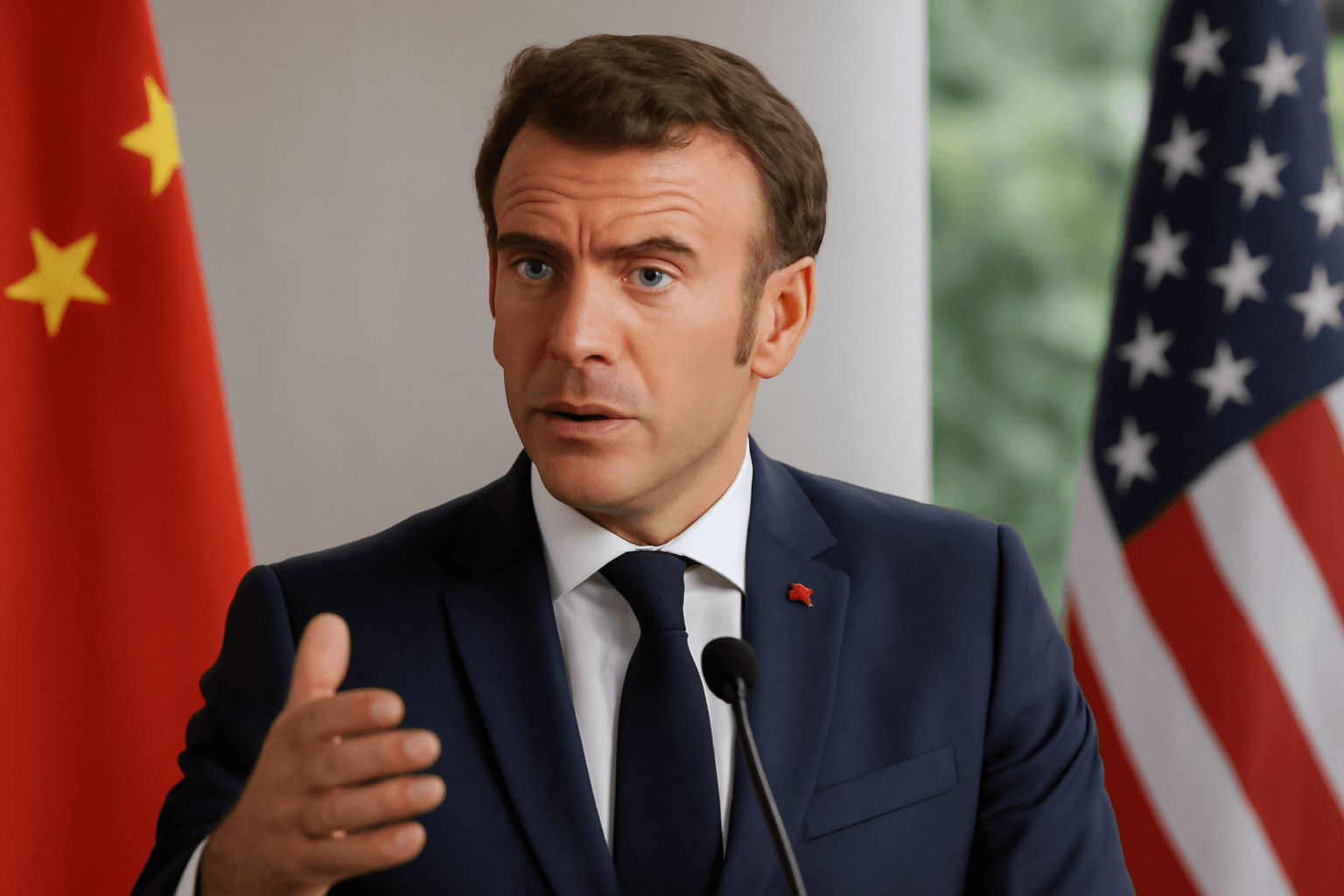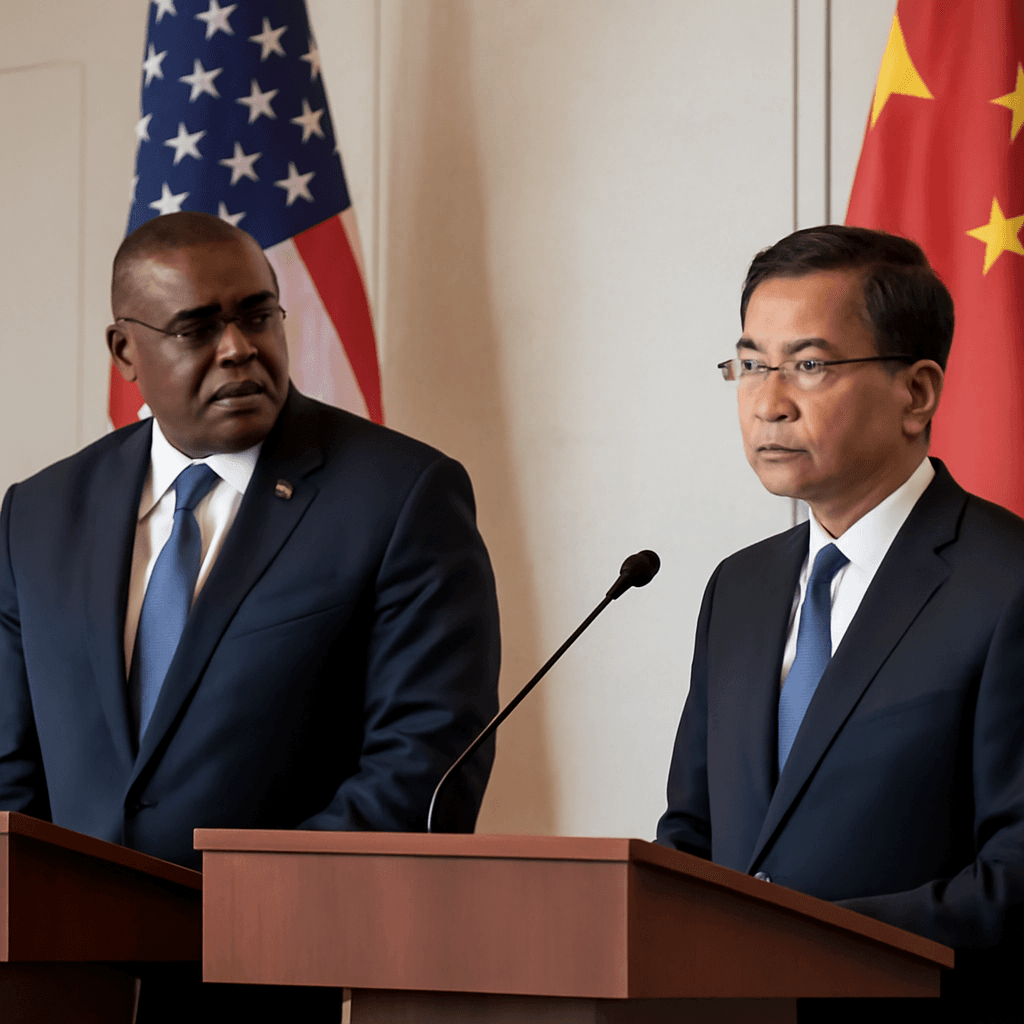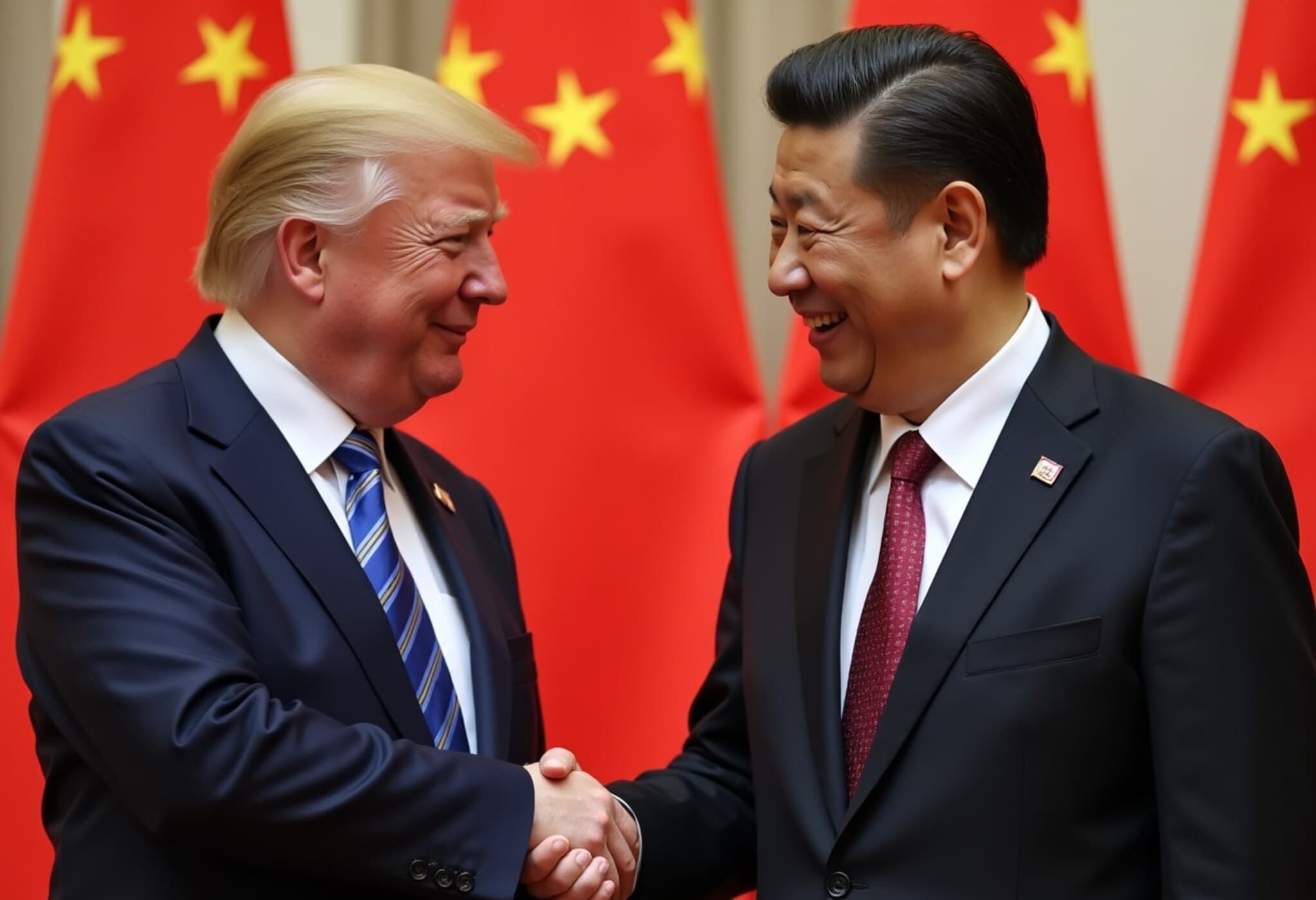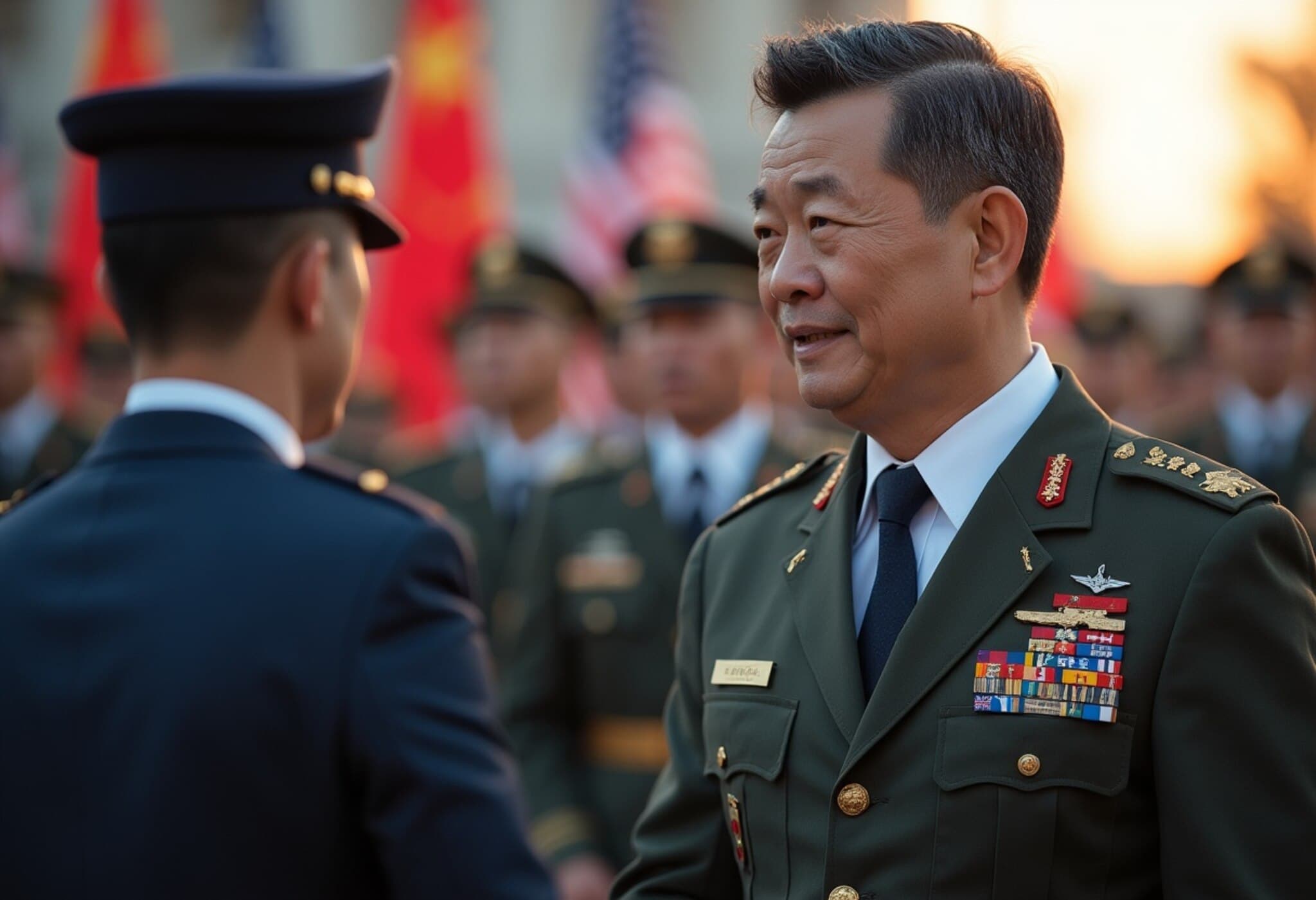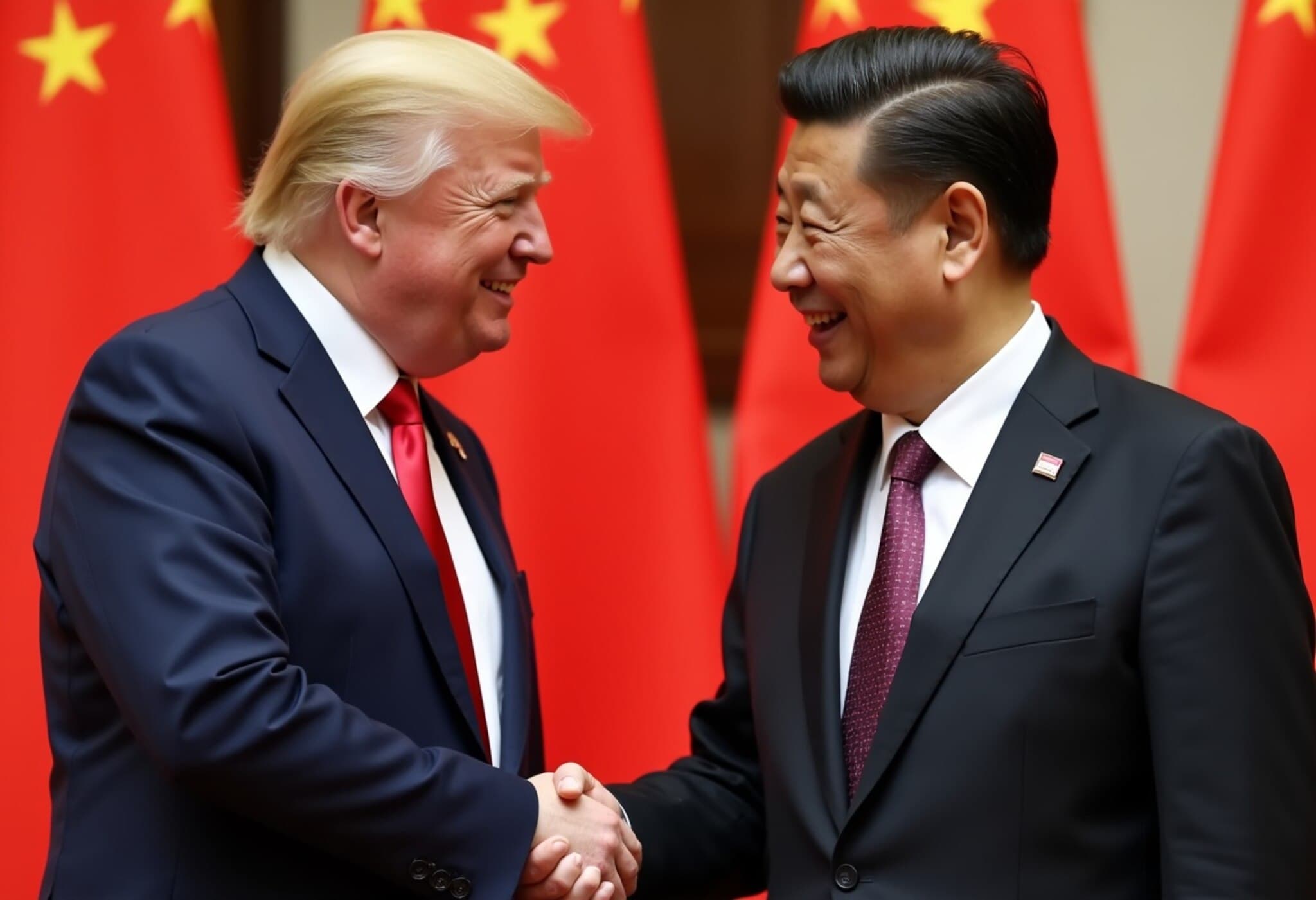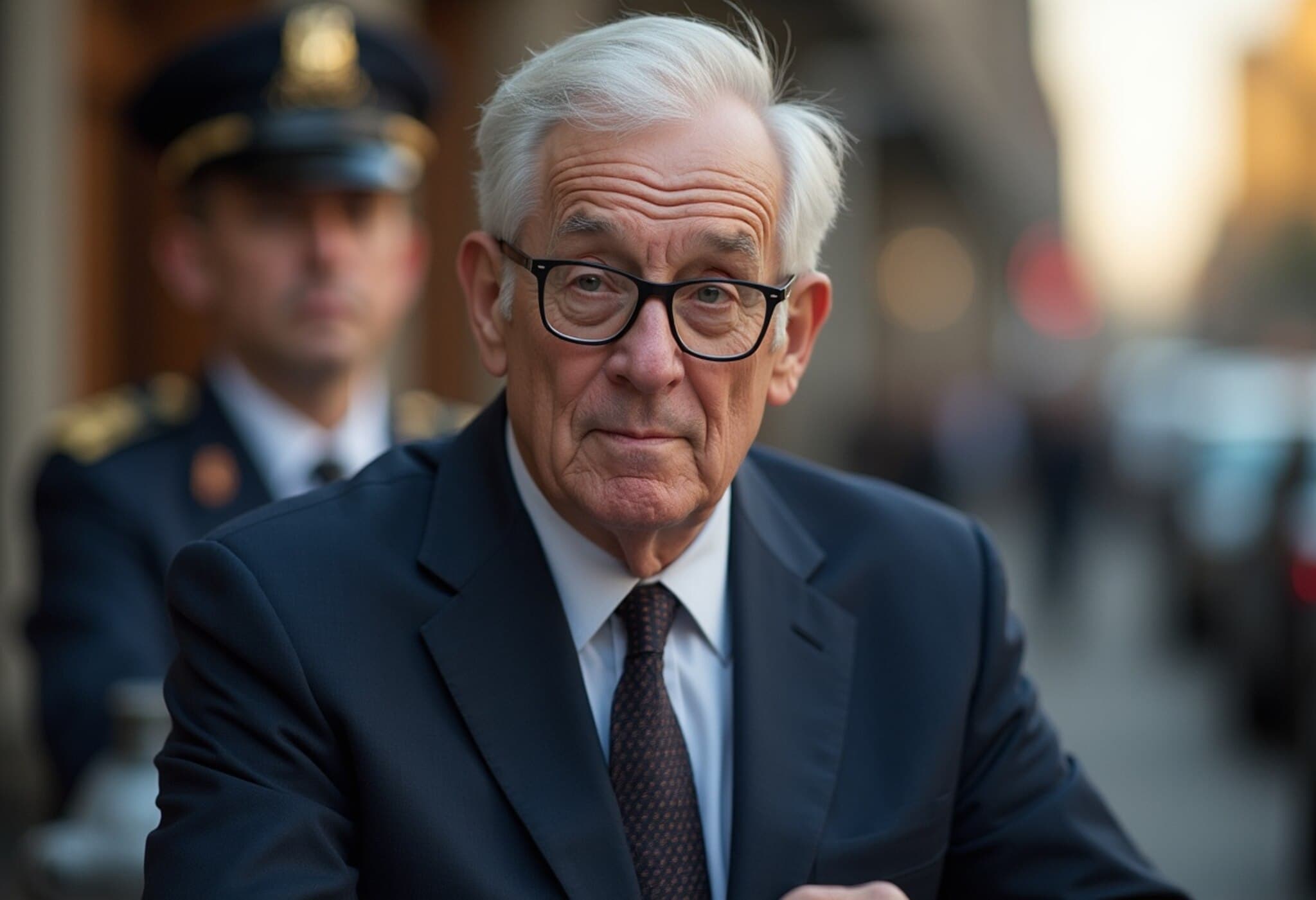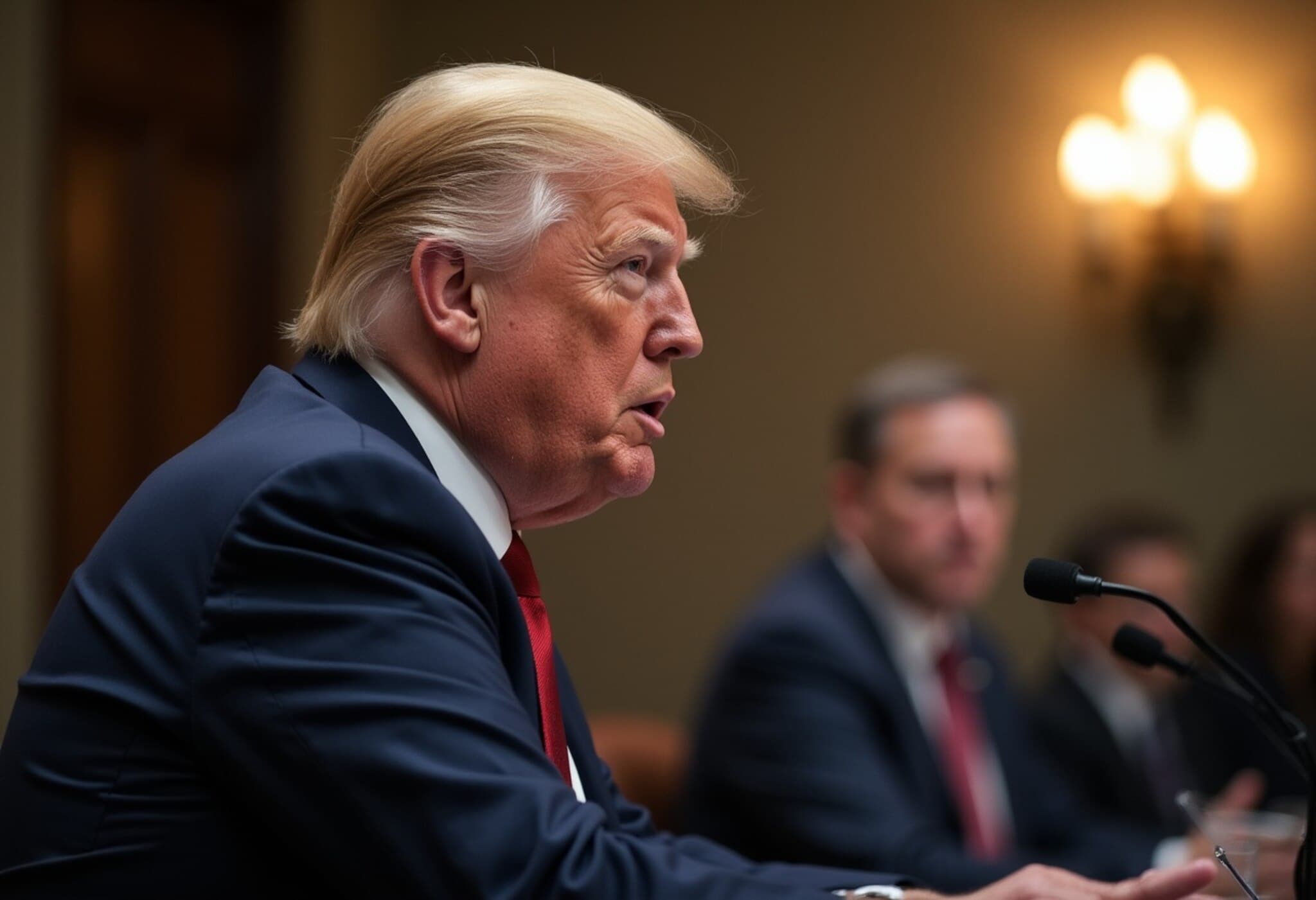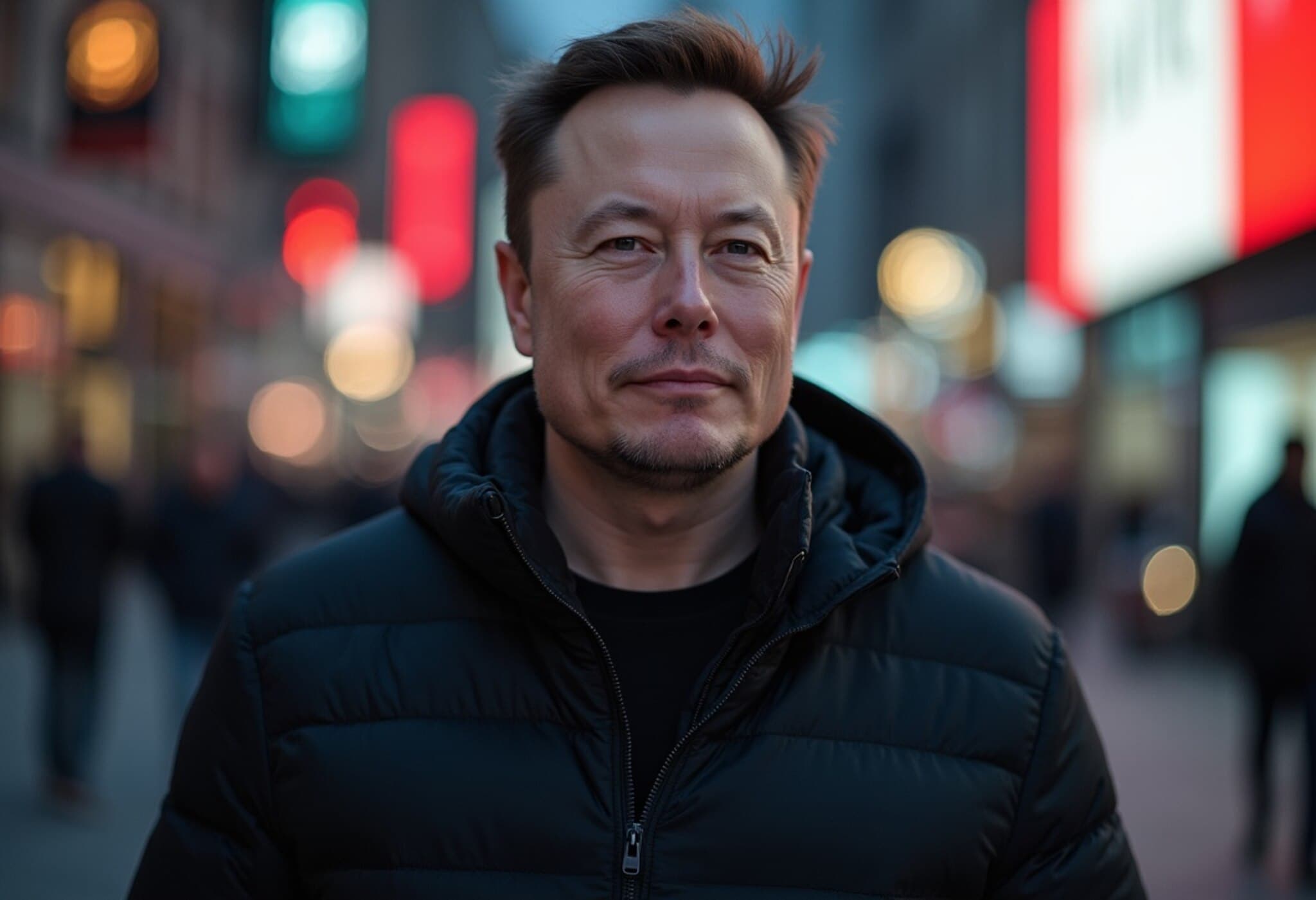US-China Diplomatic Exchange Amid Mounting Trade Tensions
In a significant diplomatic engagement at the 58th ASEAN Foreign Ministers' Meeting in Kuala Lumpur, U.S. Secretary of State Marco Rubio met with Chinese Foreign Minister Wang Yi on July 11, 2025. The discussions, set against the backdrop of escalating trade conflicts, were described by Rubio as "positive and constructive," signaling a cautious yet hopeful chapter in U.S.-China relations.
Setting the Stage: Trade Tensions Cast a Long Shadow
Rubio’s visit marks his inaugural trip to Asia since assuming office, occurring days after President Donald Trump announced sweeping tariffs on imports from several Asian nations, including some of America's closest allies such as Japan, South Korea, and Malaysia. The levies, which range between 25% to 40% for various countries, have rattled regional economies and strained diplomatic ties.
China remains under the heaviest tariffs, exceeding 100% on certain goods, with a looming August 12 deadline to negotiate an agreement with the United States to avoid further import restrictions. Beijing has condemned the tariffs as unilateral economic bullying, threatening retaliatory measures if demands are unmet.
Diplomatic Nuance: A Meeting Beyond Negotiations
Despite the tensions, Rubio emphasized that his meeting with Wang was not a formal negotiation but rather an attempt to establish a constructive baseline for ongoing dialogue. He highlighted that the possibility of a summit between President Trump and Chinese President Xi Jinping remains high, stating, "It’s a visit he wants to undertake, and so we’ll work on finding the right date for that… both presidents want it to happen."
Rubio stressed the importance of setting tangible outcomes for such a summit to avoid it becoming a symbolic gesture without substantive results. This pragmatic approach reflects a desire to balance diplomatic engagement with the realities of economic competition between the two powers.
Regional Dynamics: US Reaffirms Indo-Pacific Focus Amid Competition
Rubio’s trip also serves as a reaffirmation of the U.S.'s strategic pivot back to the Indo-Pacific amidst ongoing global crises. Besides his meeting with Wang, Rubio engaged with foreign ministers from Thailand, Cambodia, Vietnam, and Indonesia, underscoring U.S. commitment to its allies and partners in Southeast Asia.
However, analysts note an inherent tension in Rubio’s mission. While he advocates for stronger U.S. engagement, the recently imposed tariffs risk undermining America's message of partnership. Murray Hiebert, a Southeast Asia expert at the Center for Strategic and International Studies, pointed out, "Trump’s tariff policies provide China with an opportunity to position itself as a stable and reliable economic partner in the region."
Beijing’s Rebuttal: A Call for Multilateralism
Wang Yi used the ASEAN platform to criticize the U.S., describing the tariffs as disruptive to the global free-trade system and harmful to Southeast Asian countries’ development prospects. He urged regional nations not to support unilateral economic measures that could fragment global supply chains.
Echoing this sentiment, ASEAN foreign ministers issued a communique warning against the rise of trade protectionism and appealed for transparent, fair multilateral trade frameworks without naming the U.S. directly.
Broader Geopolitical Context: Engaging Russia and East Asian Allies
In addition to meetings in Southeast Asia, Rubio met Russia’s Foreign Minister Sergei Lavrov, with whom discussions touched on Russia’s stance on Ukraine. While cautious not to overstate progress, Rubio described the conversation as constructive, hinting at potential new diplomatic avenues.
Rubio also reinforced the critical trilateral partnership with Japan and South Korea, key U.S. allies in the region, amid Japan’s recent calls to diversify its security alliances. Rubio reassured that the U.S.-Japan alliance remains robust and cooperative.
Expert Insights: Navigating a Complex Diplomatic Landscape
- Balancing Acts: Rubio’s outreach underscores the challenges faced by U.S. diplomacy in balancing assertive economic policies with maintaining alliances and open channels with strategic rivals.
- Trade Wars vs. Strategic Partnerships: The tariffs risk alienating partners in the Indo-Pacific, creating openings for China to fill economic and diplomatic voids.
- Summit Stakes: A Trump-Xi meeting, if it occurs, could reset bilateral relations but hinges on generating concrete deliverables to avoid the pitfalls of prior high-profile engagements that yielded limited progress.
Editor's Note
This diplomatic exchange highlights the intricate interplay between economic policy and international relations in an era defined by competition and cooperation. As the U.S. navigates its Indo-Pacific strategy, the effectiveness of its approach will depend on whether it can reconcile domestic economic objectives with sustaining long-term regional partnerships. The looming Trump-Xi summit stands as a critical moment — its success or failure will resonate far beyond bilateral ties, shaping the trajectory of global trade and geopolitical stability.

